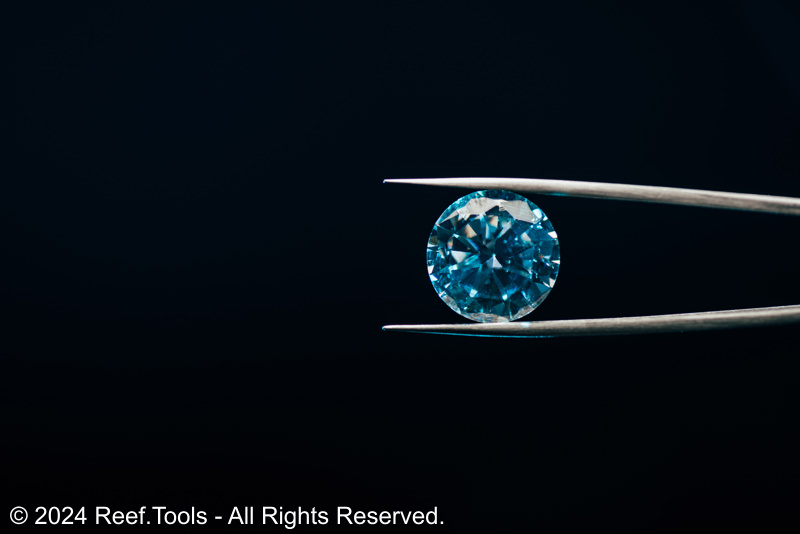
Silicon (Si)
Metalloids
Atomic Number: 14
Last Reviewed: 12/15/2024
Silicon is an abundant element in natural seawater, primarily found in the form of silicate (SiO₄⁴⁻). It is not an essential element for corals but plays a role in the reef ecosystem by supporting organisms that rely on silica. Silicon is a critical component for the skeletal structures of diatoms and certain sponges. It is typically found in trace amounts in reef aquariums and does not play a direct role in coral growth but is important for other reef⁻dwelling organisms.
Natural Seawater Levels
In natural seawater, silicon concentrations vary, with coastal regions often exhibiting higher levels due to riverine inputs. The average concentration of dissolved silicic acid in the world's oceans is approximately 70 µM (micromolar), equivalent to about 4.2 mg/L as SiO₂. However, surface waters, especially in tropical regions, typically have lower concentrations, often below 5 µM (0.3 mg/L as SiO₂), due to biological uptake by diatoms and other silicifying organisms.
Risks
- Excess Silicate: High levels can promote diatom blooms, especially in new aquariums or those with insufficient filtration.
- Imbalance: Elevated silicate levels can outcompete other nutrients, disrupting the balance of algae and microbial populations.
Relevancy
In reef aquariums, silicon is introduced through various sources, including tap water, synthetic sea salts, and certain substrates. Diatoms, a group of algae that form siliceous frustules, can proliferate in the presence of elevated silicate levels, leading to blooms that are often observed as brown films on aquarium surfaces. While diatoms are generally harmless and can be part of a healthy aquarium's initial cycling process, excessive silicate can sustain unwanted diatom populations.
Ocean Values
| Reference Name | Low | High | Optimal | Unit |
|---|---|---|---|---|
| Florida Ocean | 1.5000 | 2.5000 | 2.0000 | mg/L |
| Australia Ocean(Generic) | 1.5000 | 2.5000 | 2.0000 | mg/L |
| Hawaii Ocean | 1.5000 | 2.5000 | 2.0000 | mg/L |
Regional Variations
Silicon levels vary by region, with coastal and river⁻adjacent waters generally having higher concentrations due to runoff and sediment input.
Dosage Recommendations
Dosing Silicon is not recommended for reef aquariums unless specifically required for siliceous sponge or algae research. Monitor and maintain silicate levels under 0.1 mg/L to avoid diatom blooms.
Handling
Testing: Use ICP-OES tests to measure silicate levels in the tank.
Avoidance: Use RO/DI water to remove silicates from the water source.
Filtration: Employ silicate-removing resins if levels exceed NSW concentrations.
Reef.Tools recommends: Maintain Silicon (Si) concentrations between 0.0100 and 0.1000 mg/L.
References
Tréguer, P. J., et al. (2021). Reviews and syntheses: The biogeochemical cycle of silicon in the modern ocean. Biogeosciences, 18(4), 1269–1289. Copernicus
Holmes-Farley, R. (2003). Silica in Reef Aquariums. Reefs.com. Reefs
Reef Pedia. (2023). Silicon in marine aquarium and its importance. Reefpedia
Difficulty
Rating: Easy
Silicon levels can be managed easily by using high-quality water and ensuring proper tank maintenance.
Categorization
Type: Trace Element
Role: Ecosystem Support (Diatoms, Siliceous Sponges)
Not Usually Deficient
Deficiency is uncommon as silicon typically enters reef aquariums through tap water or substrate dissolution.
Not Essential
While not essential for corals, it is important for diatoms and other silica-based organisms.
Aliases
Si, Silicate SiO₄⁴⁻, Dissolved Silicon